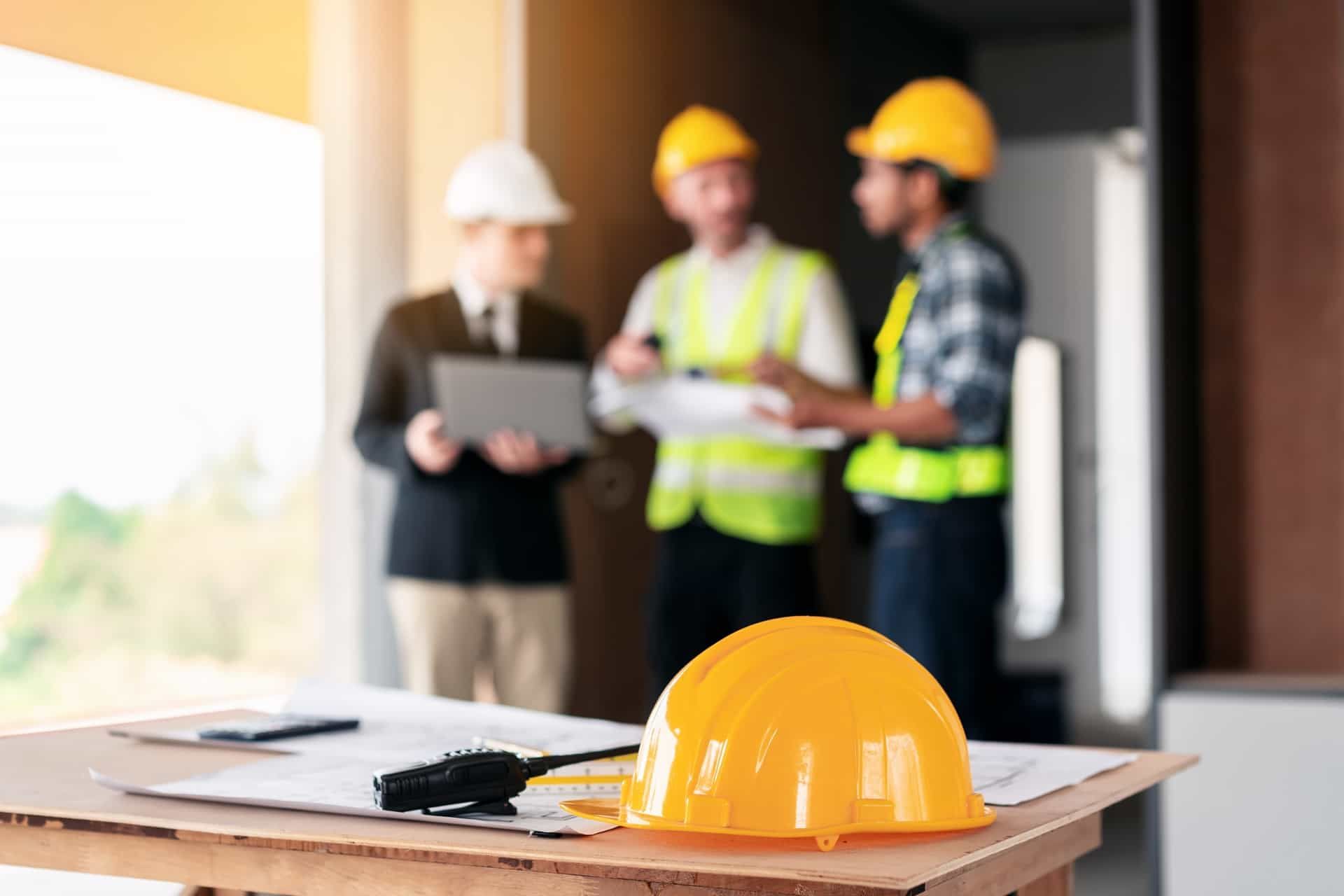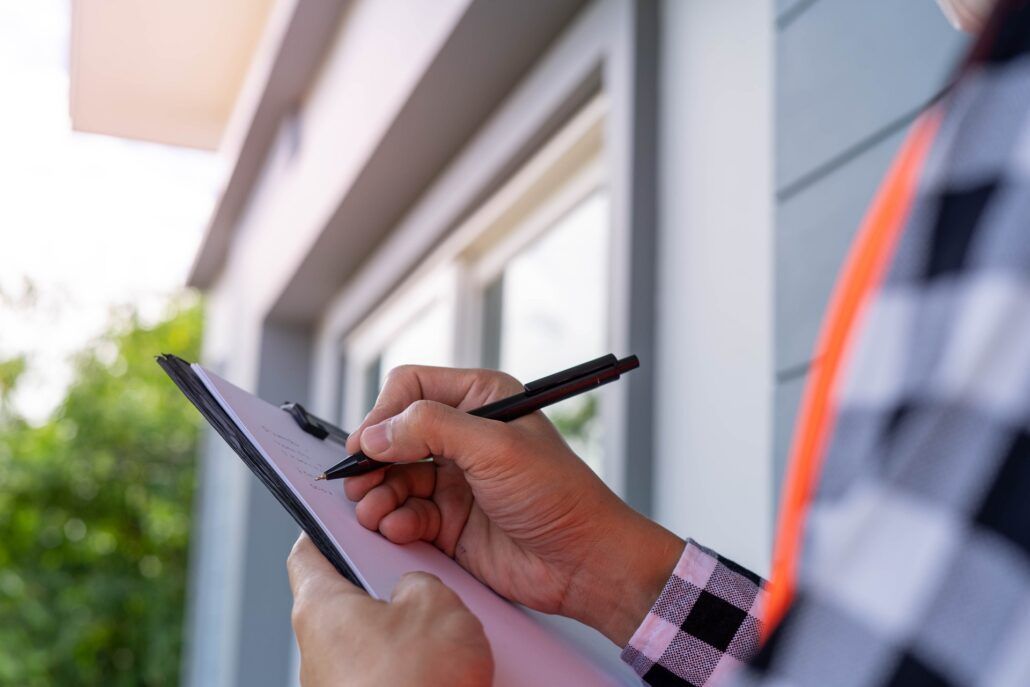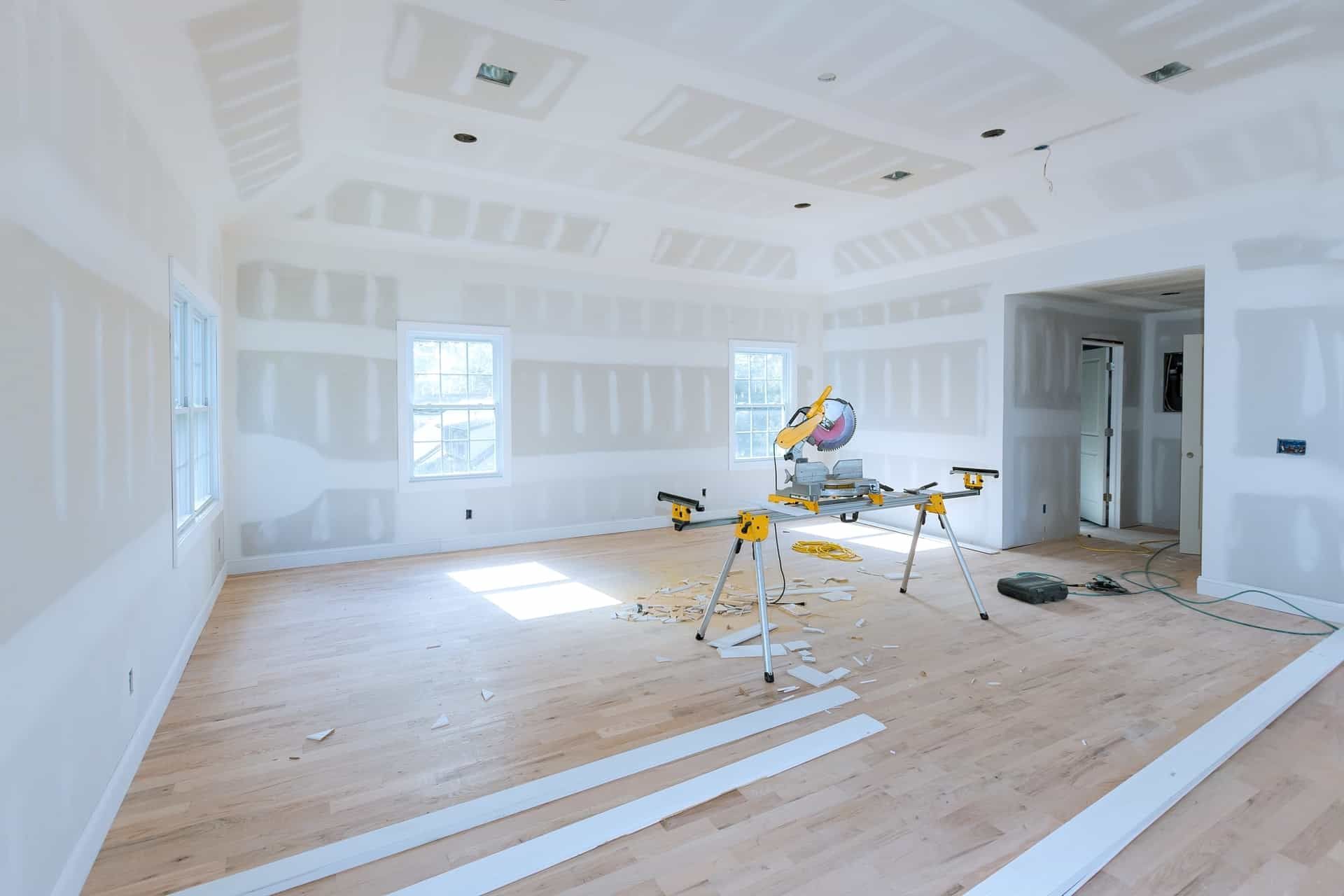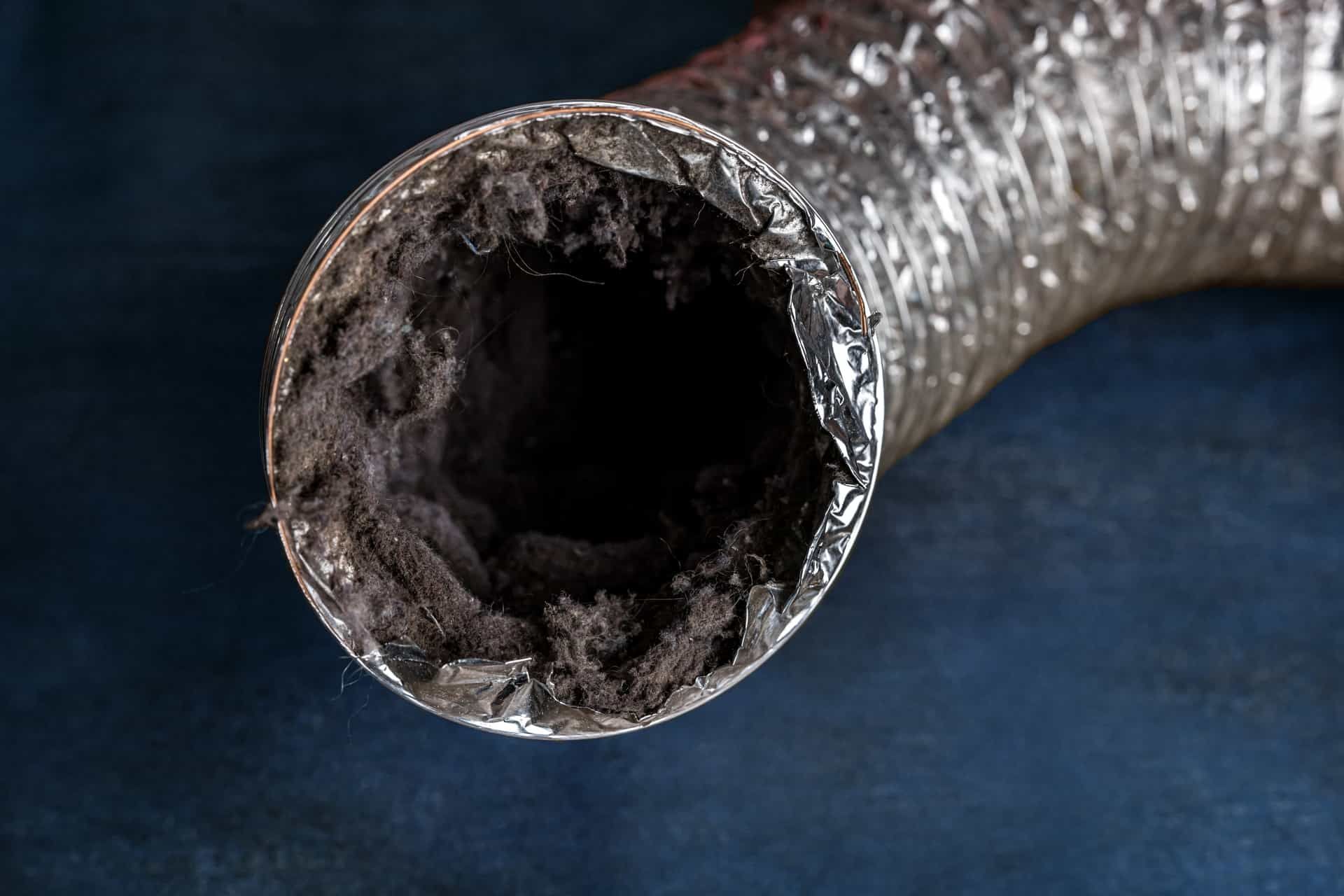Why You Should Schedule Radon Testing During A Regular Home Inspection
If you’re in the process of buying a home, you’re probably aware of how critical a professional home inspection is.
As home inspectors, we agree. A home inspection can provide you with an impartial overview of the home's condition and provide an understanding of all the problem areas it may have. However, sometimes, it’s not enough to account for all potential issues.
A good example is a situation where you’re looking at a property with a pool. Naturally, if the inspector is licensed to provide one, you should bundle a pool inspection with a regular home inspection.
But what about other hazards plaguing plenty of homes that require testing, such as radon?
A radon testing home inspection (or bundling radon testing with a regular home inspection) is a smart idea. Measuring the levels of radon on the property provides a clear insight into indoor air quality and reveals if the perfect home you’re looking to buy has a radon issue. If there is radon on the property, you can negotiate a lower price to account for radon remediation costs.
With that said, here’s more information about radon testing home inspection necessary to make an informed decision.
What is a home inspection?
A regular buyer’s home inspection is a visual, non-invasive evaluation of a home. Its main purpose is to reveal any notable defects that untrained individuals often overlook. This helps paint an accurate picture of the property’s condition.
The inspector will check multiple areas on the interior and exterior of the home, along with the main systems such as electrical, plumbing, and HVAC.
In addition to the regular home inspection you can also schedule specialty inspections such as asbestos, radon, and mold.
What is radon?
But what’s so dangerous about radon that makes radon testing home inspection so important?
Radon is a naturally occurring odorless and colorless gas. It appears when radium and uranium degrade in the soil under the home. The problem here is that both radium and uranium are radioactive, which means radon is too.
When radon is outside, it’s not dangerous as it evaporates fast. As such, there are only trace amounts of this gas when you breathe in the outside air.
However, a modern home is tightly sealed and insulated. This means all occupants are at risk if any radon enters the home as it can accumulate in high amounts. Sadly, because it’s invisible and odorless, you can only determine if there is a problem with professional testing.
Considering radon exposure is the second highest contributor to the development of lung cancer (second only to smoking), you really don’t want to take this gamble.
What is radon testing home inspection?
A radon inspection is relatively simple. The inspector must gather the indoor air particles and send them for analysis. This allows the inspector to determine the amount of radon in the indoor air.
Since radon rises from the ground, it’s recommended for the inspector to take samples on the lowest floor of the home. If available, samples can be taken from the basement too because this is the most common point of entry for radon gas.
Types of radon tests
Radon testing can generally be categorized as active or passive.
A common type of passive test is conducted using a charcoal canister. The activated charcoal absorbs any particles of radon and traps them, allowing this material to be tested and measured later in the lab.
This test is generally left in your home for the duration of the collecting time (48 hours or even a full week). For accurate results, it’s necessary to close the windows to ensure no radon escapes outside, which would lead to imprecise results.
While a charcoal test is relatively simple to use and conduct, it’s not precise and it generally doesn’t help you accurately estimate the amount of radon in the home. Plus, since these canisters are super small, their location can influence the readings.
For best results, you need a professionally conducted active test. Specialists use accurate devices that remain plugged in for the duration of the test.
The inspector will install this gadget in your home allowing them to ascertain radon levels and how they fluctuate throughout the day. Depending on your needs, the inspector may customize the test and perform either long-term or short-term testing.
Once enough time passes, the inspector will provide you with the results. The industry-standard measurement is presented in pCi/L (picocuries). Residences with levels higher than 4 pCi/L are considered critical. Still, even with levels as low as 2.7 pCi/L require professional radon mitigation to lower radon levels.
How much does a radon testing home inspection cost?
It’s impossible to provide an accurate estimate because the price can vary depending on the type and size of the home, geographic location, and the season.
It also depends on whether you schedule radon testing during a regular home inspection. Bundling two services together helps you achieve a significantly lower price, saving you both time and significant amounts of money.
Ensure you’re buying a safe home
Considering radon can be dangerous and hard to get rid of, a radon testing home inspection is essential, even if the home isn’t located in a high-risk area.
Plus, a home inspection leaves you with a comprehensive report that reveals physical damage. Combined with a radon test, it provides you with all the necessary safety information that can help you make the best decision and potentially serve as a bargaining chip to renegotiate a fair price.
For an affordable and reliable radon testing home inspection, reach out to Guardian Angel Inspections.
We love helping new homeowners check if their dream homes are worth the price and are as safe as can be. Our inspectors possess all the necessary qualifications. Plus, since we have multiple awards to our name, you have the guarantee you’ll receive the best service money can buy.
Schedule an inspection by dialing 561-512-7854 or filling out our contact form.
Disclaimer: The information on this website and blog is for general informational purposes only and is not professional advice. We make no guarantees of accuracy or completeness. We disclaim all liability for errors, omissions, or reliance on this content. Always consult a qualified professional for specific guidance.
Share this entry







